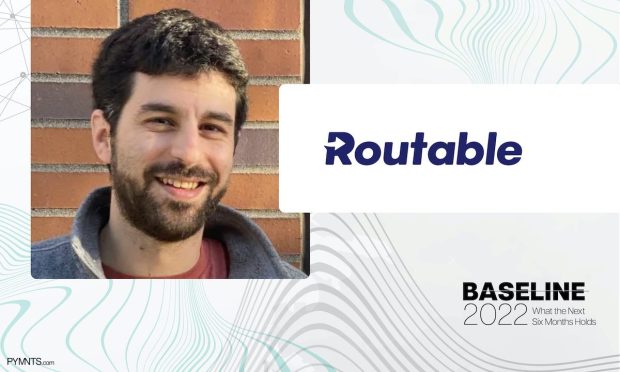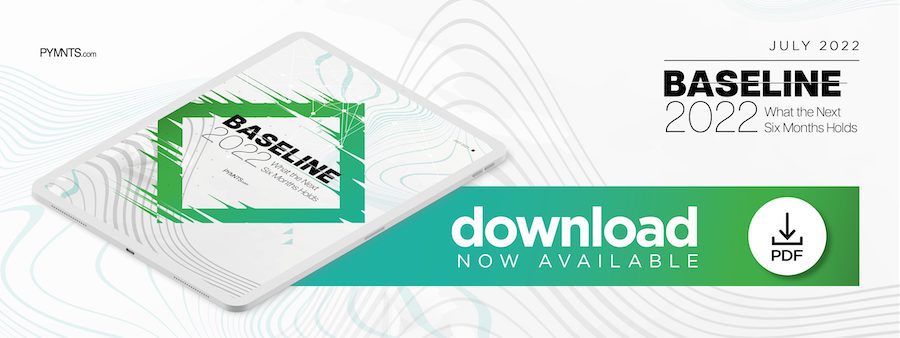An ROI Model to Steer the Ship During an Economic Storm

Routable Co-founder and Chief Technology Officer Tom Harel writes in the PYMNTS eBook “Baseline 2022: What the Next Six Months Holds” that payments companies can weather the tricky economy if they become more efficient, focus on creating compelling products, keep a close eye on inflation and keep in mind that cyclical resets are a necessary evil.
Looking at the rest of 2022, it’s time to hunker down and prepare to withstand turbulent market conditions. Payments companies will need to be vigilant to weather a tricky economy. But there are some key ways for companies to prepare.
The biggest shift for companies will be to become more efficient. They’ll need to do more with less. In uncertain times, investors and markets reward tangible profits, rather than lofty growth numbers that might not be sustainable. A good example of this is neobanks that showed growth — sometimes at a cost that doesn’t make sense (see news about Varo bank and its $45 cost of acquisition for making $24 per year, i.e. almost two-year ROI). The easiest way to increase financial efficiency is to reduce costs, which unfortunately may mean more layoffs. It might not be possible to achieve a good ROI model for some of these businesses, which could lead them to fold.
Another key to success in a turbulent economy is to build something people want. This is the YC motto that I have adopted. If you’re building something people want and need, there will be opportunities to gain market share, regardless of economic conditions. Payment technology is still needed. We all rely on it every day and just because the valuation bubble has burst, it doesn’t mean that what we’re building isn’t needed. Venmo and PayPal haven’t seen a significant drop in usage because their services are needed. The key to ensuring longevity is to provide technology that delivers tangible benefits to consumers and businesses.
Businesses will need to keep a close eye on the inflation rate for the remainder of the year. As long as inflation is perceived to be high, the Federal Reserve will press on the brakes. The higher inflation numbers are, the harsher the slowdown will be. While the job market seems healthy, data for it lags behind other, more fluid market indicators, and a lot of jobs were created when cash and financing were cheap. Many of these jobs may not remain under the new normal of high-cost capital.
Finally, it’s important to remember that asset pricing reset is good for the economy. We’ve been running an inflated (no pun intended) market in which asset valuations were far from the established norm. Startups valuations in particular were at an all-time high, creating odd incentives that rewarded growth at all costs, rather than healthier revenue and profit focus. Now is the time to run the marathon rather than the sprint. Vigilance, efficiency, and an increased focus on ROI can help to push toward a more stable economic environment for the digital and payment economy going forward.

